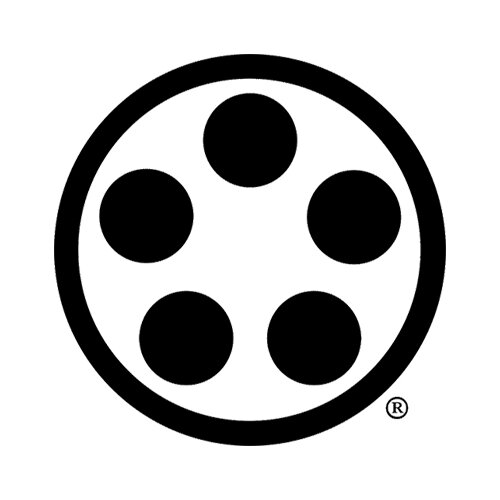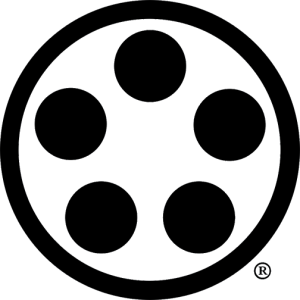Posture and the Divine Triangle
Since ancient times there has been the teaching of tenshin shoden, the divine correct principle. This has to do with the triangle formed by one's eyes, the tip of the sword, and the abdomen when standing in chudan-gamae. The essence of the teaching is that if, when the mono-uchi of your sword touches the target, you have maintained the triangle you will strike with your complete being: mind (from the eyes), sword, and spirit (from the hara). This, however, is not the end. There is a second triangle.
Most students, in the early days of their training, learn of sankaku-dai, the triangle-stance, but few of them stop to consider that it isn’t really the triangle-stance. The literal translation is triangular-foundation, and it refers to much more than just a certain foot position. A proper stance creates a triangle based on your feet, your hara, and a point on the floor several feet to your front. (Blue triangle in the drawing.) It is this triangle, not the one created by your two feet, that is the true sankaku-dai.
With few exceptions, a proper kamae (in any martial art) will feature a significant flexure of the lumbar vertebrae. In many traditional schools this is taught with the kuden “Point the navel downward”, as forcing the abdomen forward with a feeling of pointing one's navel down generates the proper inward curve to the lower spine.
A proper curvature of the spine shifts your shoulders slightly forward. (Note the yellow line in the drawing.) The tips of your little fingers should hang naturally at the exact centerline of the sides of your thighs. Compare this with the normal straight-backed position, in which the tips of your index fingers are aligned with the sides of your thighs, and you will see that it has a profound effect on stability.
There is a very simple way to ensure that you always have a proper curvature to your back: Constantly be aware of the pressure of the upper edge of the koshi-ate of your hakama on your lower back. (Red x in drawing.) If you don’t feel this pressure, you’re not standing correctly.
When first experimenting with sankaku-dai you will probably find that it tends to make you feel a little off balance, as if you were about to tip forward. This is because there are a couple of more things to do in order to complete the posture.
First, you must grip the floor very strongly with your toes. This will, by slightly raising the balls of your feet, shift the weight back toward your heels. Secondly, lightly press the ring finger and little finger of each hand together. This, too, shifts the weight slightly to the rear. The result should be a feeling of fudotai, the immovable body: You should feel rooted to the earth.
Trivia: This is the secret of that fantastic tai-sabaki you see in No and Kabuki. The actors, after learning how to stand with sankaku-dai, exaggerate it so that the increased forward angle generates a feeling of spiritual tension, then learn how to move smoothly with their bodies tilted forward but the majority of their weight on their heels.
The advantage of sankaku-dai is obvious: a proper foundation permits maximum power to be applied to a technique. There is however, another advantage that is even more important.
Remember how tenshin shoden generated a feeling of cutting with the entire being? Sankaku-dai has a similar effect, except that the feeling is of cutting with the entire world: Because you are so rooted as to feel a part of the earth, your techniques feel as if they are driven by the earth. This is one of the more profound aspects of budo, and it merits serious study.
The End


